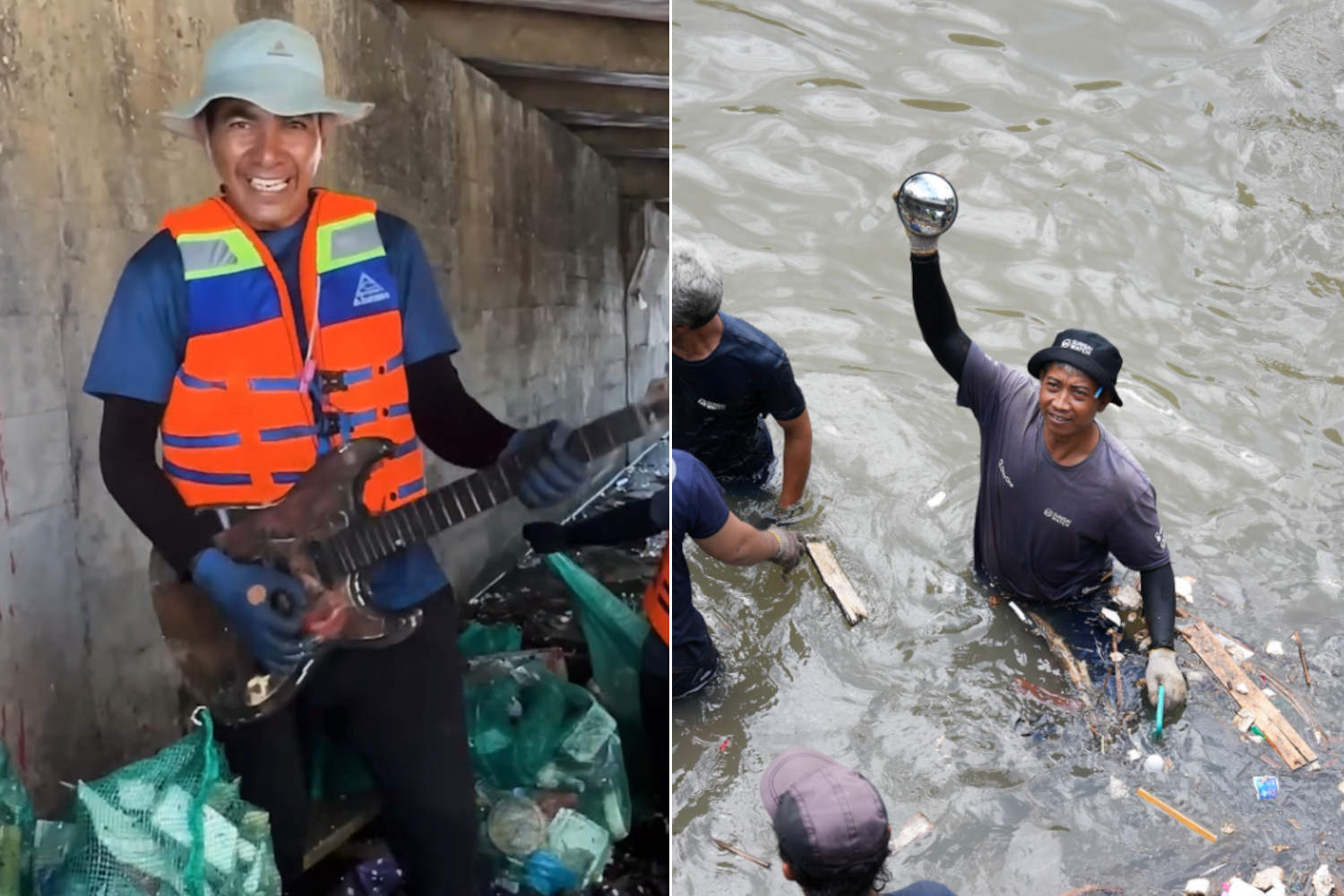After Bali's floods, 12 tons of waste were removed from 9 rivers in 12 days. Volunteers are working to free waterways from the most unexpected objects

Between September 14 and 25, heavy rains caused numerous rivers in Bali to overflow, transforming them into veritable corridors of waste. In just 12 days, the Sungaywatch team removed over 12 tons of garbage from 9 rivers, giving the current the ability to flow freely again and protecting local communities from flooding. But the work didn’t stop there: the goal now is to continue cleaning the most polluted rivers and prevent plastic from ending up in the oceans.
Many logistical challenges
The force of the water during the floods uprooted entire trees, creating additional obstacles along the rivers. The team had to adapt their strategies, using manual and creative methods to remove natural obstacles and waste. Time was a constant enemy: even the slightest rain could have triggered new floods, increasing the urgency of the intervention.
Access to some areas was extremely difficult: waste remained trapped among mangroves, under bridges, or in deep points of the rivers, making it impossible to use heavy machinery. The team therefore had to operate in complex conditions, demonstrating resilience and ingenuity.
The strangest objects found in the rivers
Among the waste emerged truly peculiar objects, testifying to how everyday life intertwines with the rivers. The team found a fake rubber duck, an electric guitar, music headphones, ties, shoes, and even mirrors. These findings may initially bring smiles and spark disbelief, but they also remind us how much our consumption impacts the environment.
Each intervention made clear how precious rivers are and how necessary it is to protect them. Post-flood cleanup isn’t just an urgent action: it’s a reminder of how our behaviors affect ecosystems and communities. As the team continues its mission to clean other waterways, the message is clear: with commitment and collaboration, it’s possible to give rivers back their freedom to flow and safeguard the sea from plastic.
